
Semiotics in the Low Countries
pp. 343-357
in: Thomas Sebeok, Jean Umiker-Sebeok (eds), The semiotic sphere, Berlin, Springer, 1986Abstract
Before embarking on a survey of semiotic activity in the Low Countries, I must impose some restrictions on its scope. An extensional restriction will be made to work published by 20th-century Belgian and Dutch scholars. This allows me to exclude the writings of "Netherlandic" speculative grammarians, such as Siger de Cortraco, who were active in the circle of modistae (more specifically, the later generations of this intellectual trend) at Paris,1 at a time when the geographical frontiers were different (and differently conceived) from the present ones. Also excluded are the dispersed remarks of pre-20th century theologians (e.g. Arnold Geulincx), and of theoretical linguists2 (e.g. Jacob van Ginneken, Antoine Grégoire), concerning the (linguistic) sign.



